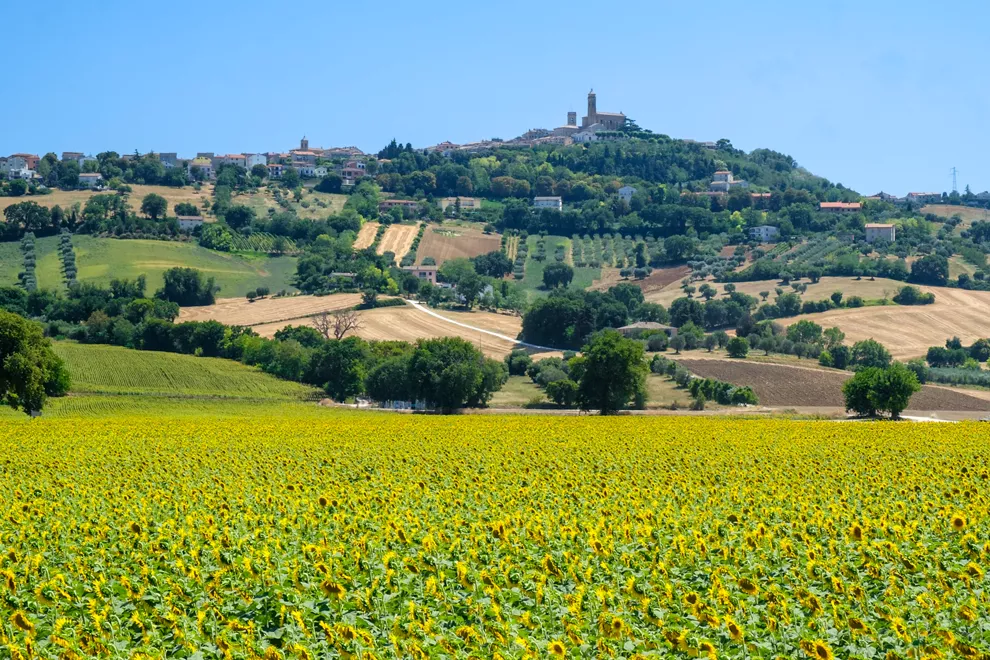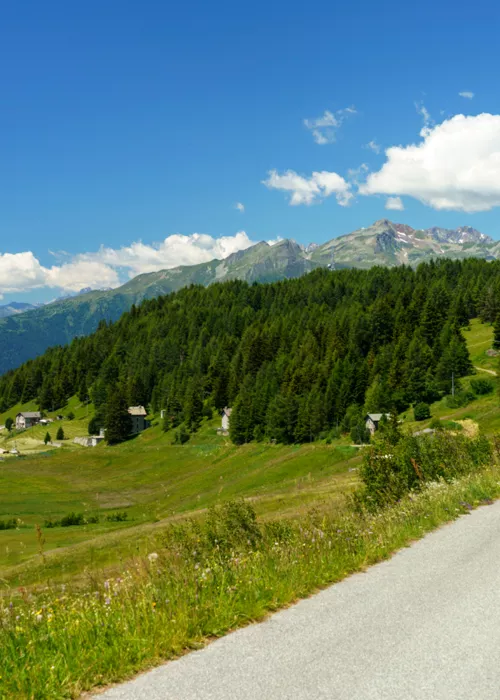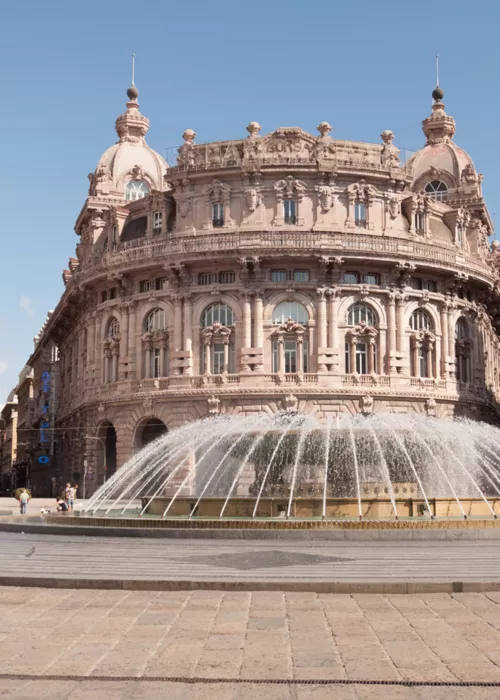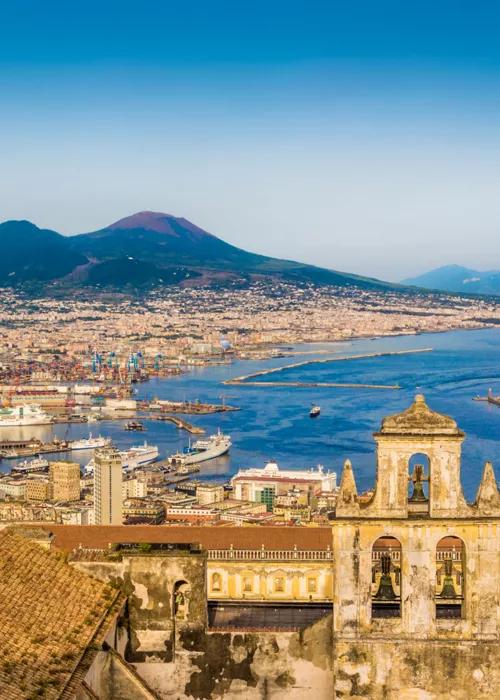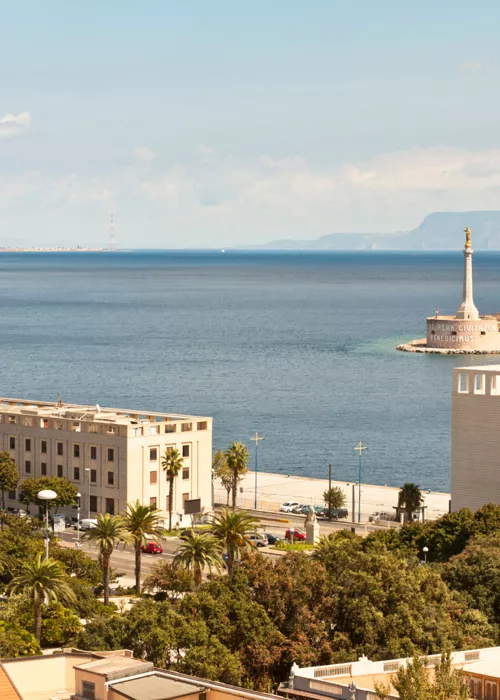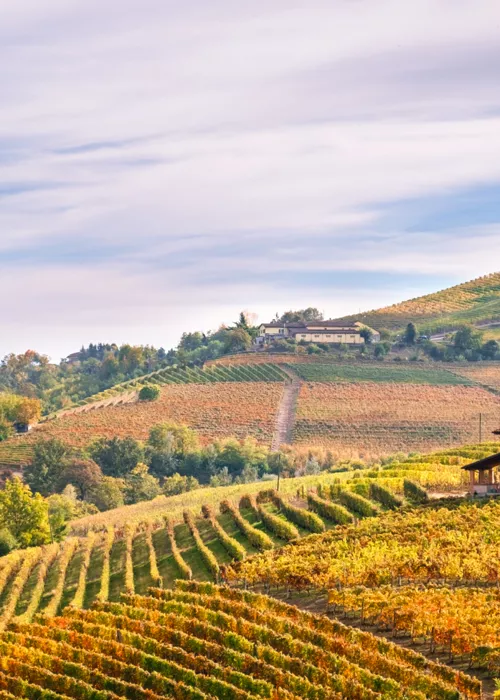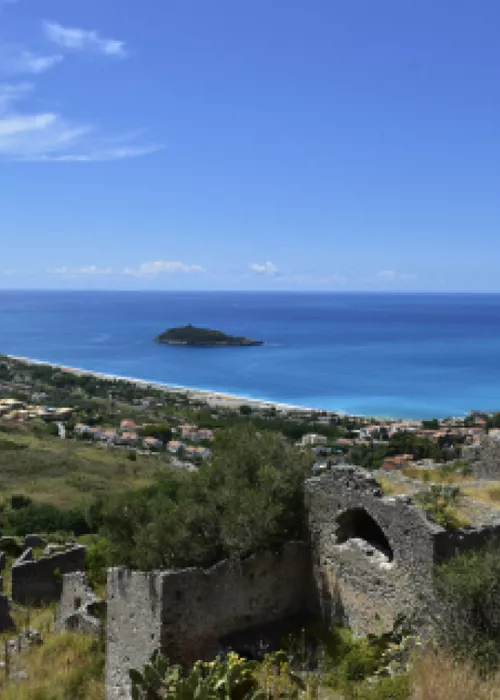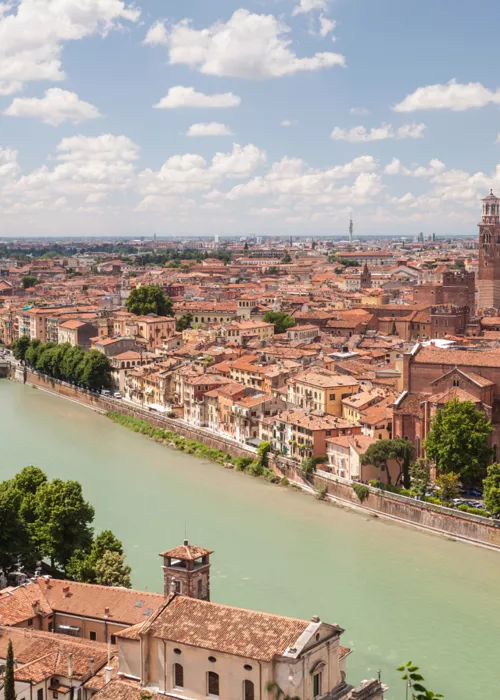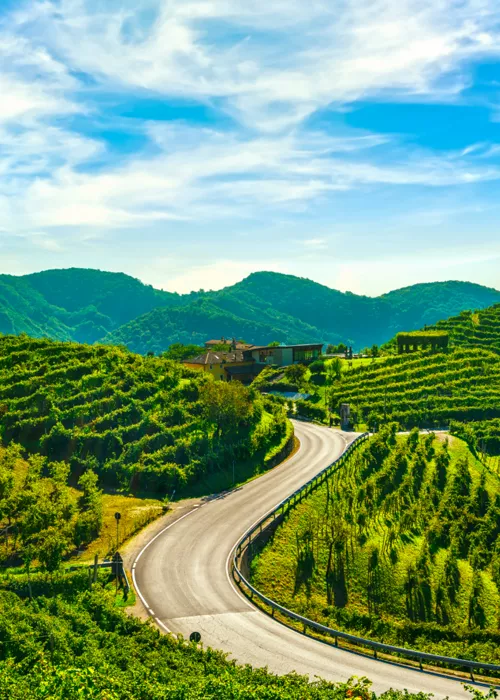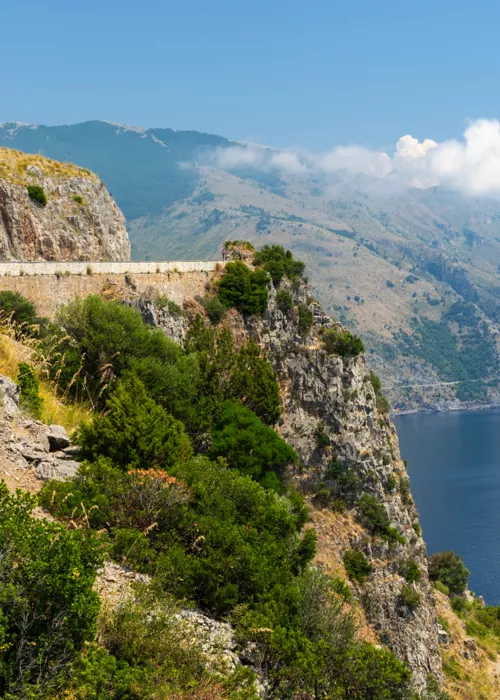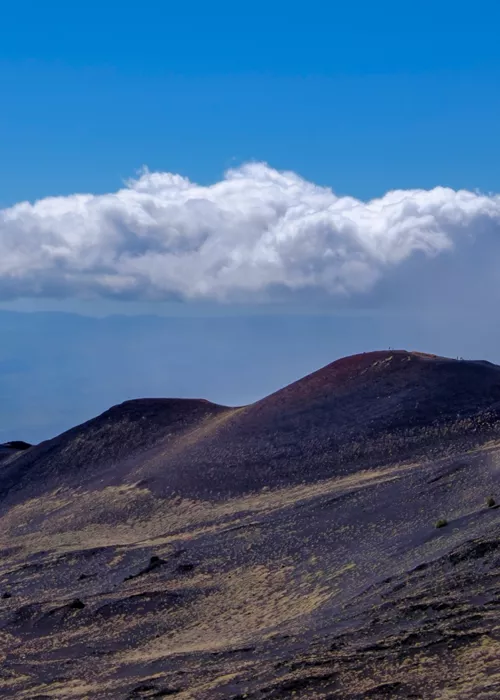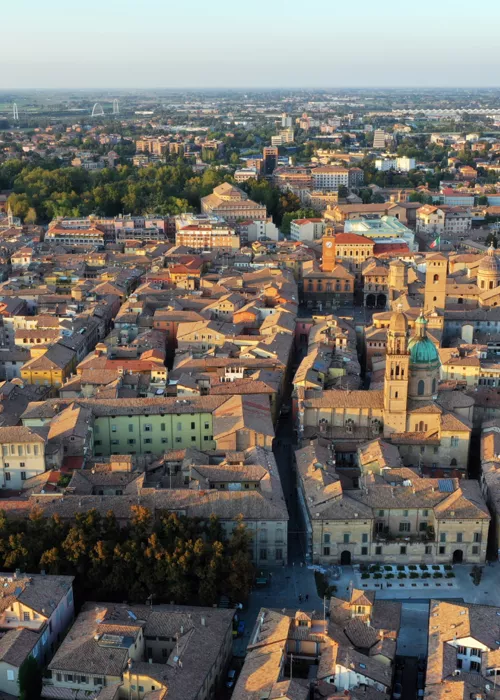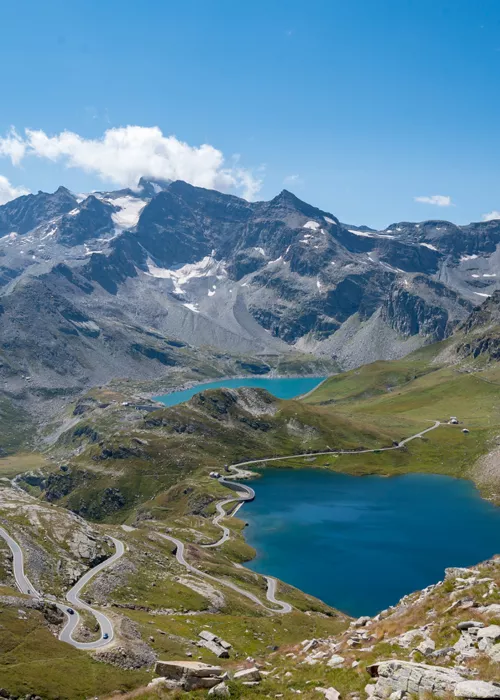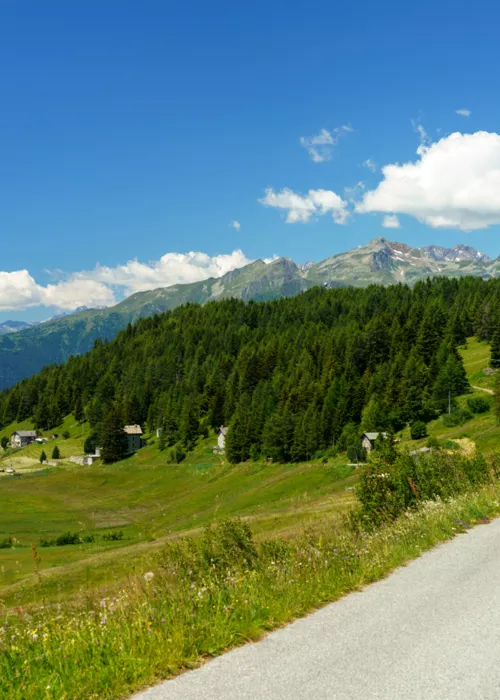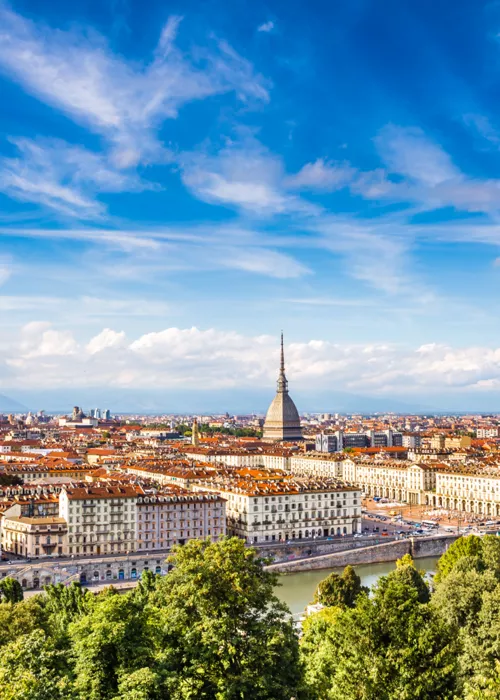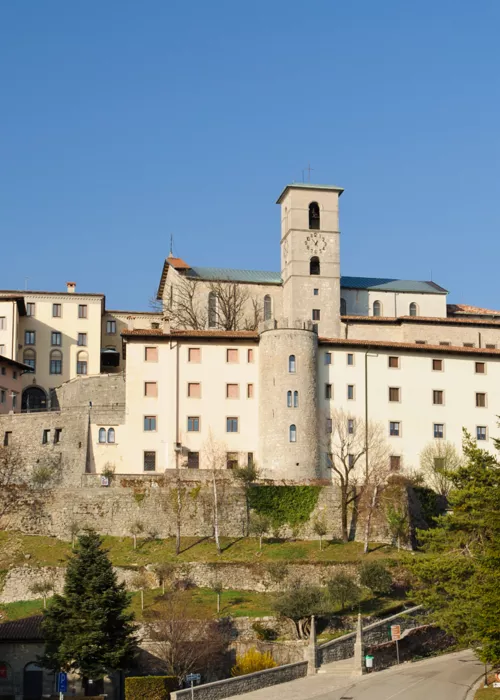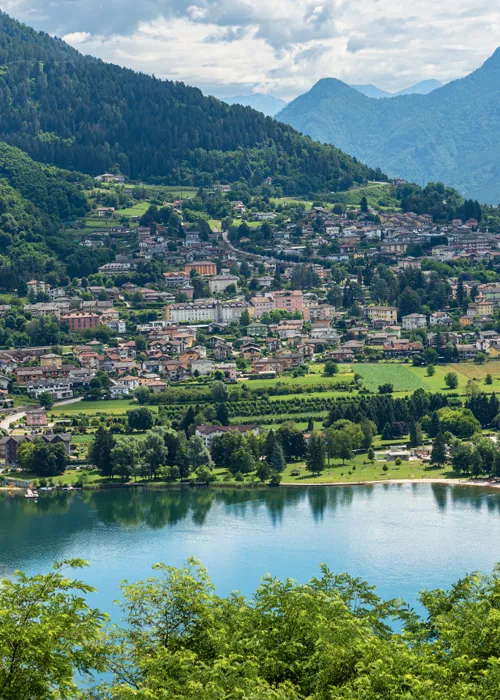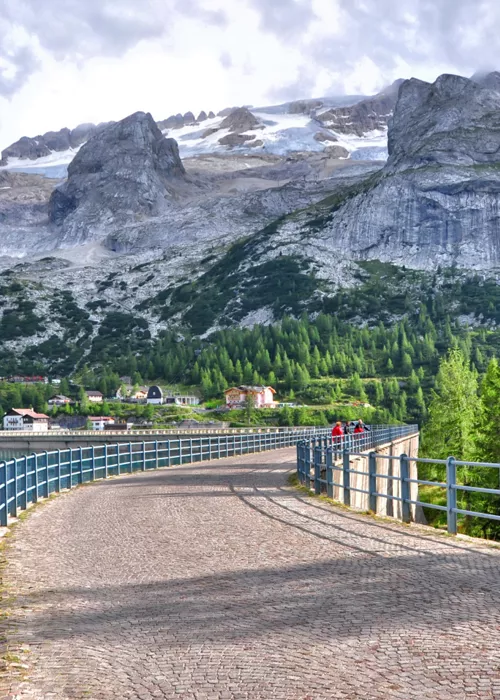At Gabriele D’Annunzio’s home

If I say Pescara, you think of Gabriele D’Annunzio, who was born here in 1863. Before getting on the saddle, therefore, it is worth visiting the Museo Casa Natale (Birthplace Museum) dedicated to him, which was declared a National Monument in 1927. In nine rooms you can admire the furnishings, period furniture and some personal items belonging to the poet and his family. For an open-air walk, however, we suggest you stroll in the Pineta Dannunziana, the ‘green lung’ to the south of the city with Art Nouveau villas and buildings that will blow your mind. Now you can really get onto the saddle. The first part of the route is just to be fully enjoyed, as it is the state road that runs along the Adriatic coast: a flat stretch between the glittering sea on the right and the pine forests on the left. The only elements that will make you slow down are the pedestrian crossings and roundabouts. But there is a good reason to stop. In Silvi, just before Roseto degli Abruzzi, the Torre del Cerrano Protected Marine Area begins: uncontaminated sea waters that deserve a dip and then you sunbathe in the beach dunes.
On the solitary hill of Giacomo Leopardi

The rules of the game change to get to the finish in Civitanova Marche. Having left the flat coastline, you must ride out of the saddle to negotiate the hills. The road becomes steeper and narrower. After about thirty undulating kilometres, it takes you to Recanati, the birthplace of another great protagonist of Italian literature: Giacomo Leopardi. Stopping here is a must, as you will immerse yourself in the immense artistic production of the Marche poet. The tour can only begin at Palazzo Leopardi, with its well-stocked library (containing over 20,000 volumes) where the poet and his brothers spent entire days studying. The dive into the poet’s life continues outside. In the small square that inspired the poem Il Sabato del Villaggio (The Village Saturday-Night); in the cloister of the church of Sant’Agostino, with the tower that recalls the poem Il Passero Solitario (The Lonely Sparrow); on the summit of Mount Tabor, where Leopardi composed L’infinito (The Infinite).
In the city of Frederick II

From literary to historical suggestions. The final part of this itinerary winds through walled medieval villages: the so-called “Castelli di Jesi”. They are also known as terrace towns, due to their position on top of the hills: all you need is a break to quench your thirst and a take a pic with your smartphone in any direction to bring home a splendid view. The route runs downhill in Monsano until one and a half kilometres to the finish. Then the road climbs with an average gradient of 2 percent until the finish in Jesi, a beautiful city with its perfectly preserved city walls, built on top of the Roman one. But Jesi is above all the city of Frederick II, who was born here in 1194. The square where the Roman forum was in ancient times is named after him, as is the Museum Frederick II Stupor Mundi, which tells the story of the life of the Swabian Emperor through sixteen themed rooms.

